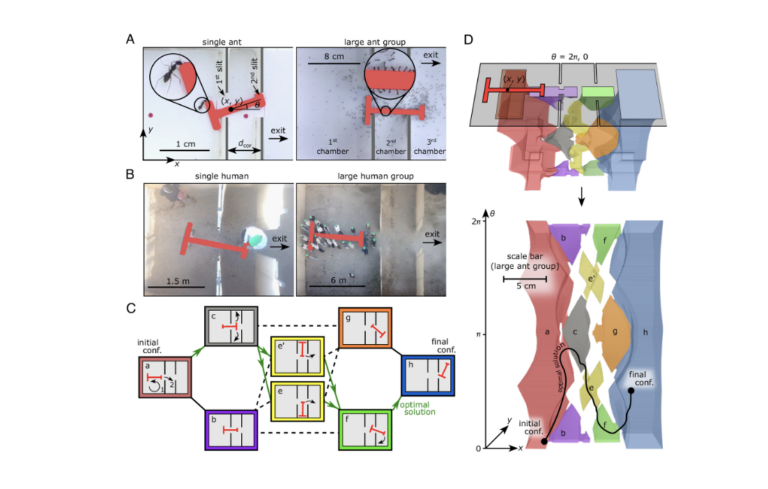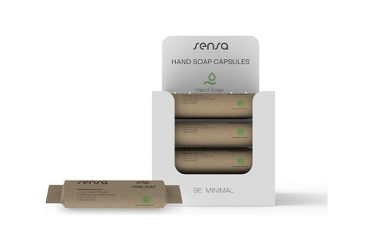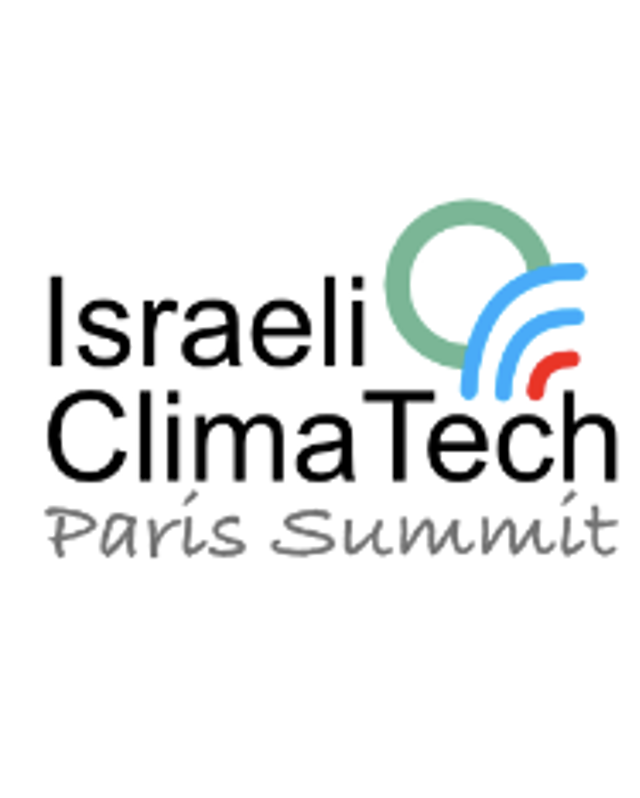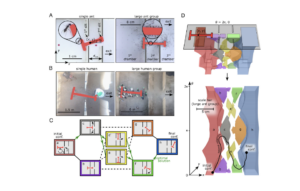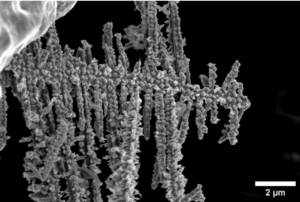StemRad (Israël) conçoit un gilet pour protéger les astronautes des particules solaires mortelles
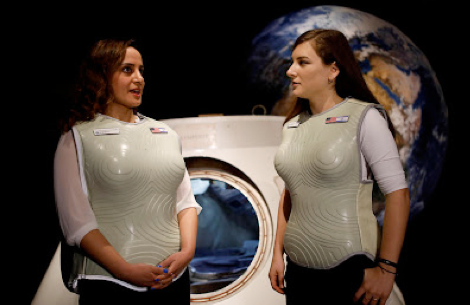
[:fr]koide9enisrael. Le gilet Radiant AstroRad a été conçu par StemRad, une société Israélienne basée à Tel Aviv, qui a déjà produit et commercialisé une ceinture pour protéger les travailleurs exposés aux rayons gamma lors de catastrophe nucléaire, comme pour Tchernobyl et Fukushima. Ce gilet permettra de protéger le tissu humain vital, en particulier les cellules souches, qui pourraient être dévastées par le rayonnement solaire dans l’espace lointain lors de missions sur Mars par exemple, dont l’atmosphère ne protège pas des rayonnements.
L’agence spatiale américaine NASA espère envoyer des astronautes sur Mars au milieu des années 2030. Ce gilet est fait de différentes couches et sera taillée sur mesure pour chaque astronaute. Des matériaux de protection non métalliques seront positionnés sur chaque gilet pour couvrir les organes de chaque astronaute.
Oren Milstein, le PDG de StemRad, a déclaré : « Ce gilet permettra l’exploration de l’espace profound par les humains. Nous avons mis au point l’architecture de ce bouclier multicouche pour couvrir précisément les organes les plus importants. Nous avons testé ce gilet en laboratoire et dans des simulations mais des tests auront également lieu sur le vaisseau spatial Orion, un projet conjoint mené par Lockheed Martin, la NASA et l’Agence spatiale européenne.

Orion devra se placer sur orbite autour de la lune. Le premier vol devrait se faire sans pilote fin 2018.
Au cours de la mission de survol lunaire, le gilet sera attaché à un torse factice, un dispositif utilisé pour contrôler l’absorption du rayonnement. Un autre torse factice non protégé sera installé, les deux seront analysés après leur retour sur Terre.

La NASA n’a fait aucun commentaire sur la façon dont le test pourrait être affecté si l’agence décidait d’envoyer de vrais astronautes sur Orion. Le technologue en chef de Stemrad, Gideon Waterman, a déclaré que ce gilet protége les astronautes tout en leur permettant de se déplacer aussi librement que possible.

Le premier gilet de protection devrait être produit d’ici la fin de l’année.
Rappelons que les astronautes en orbite autour de la Terre, tels que ceux de la Station spatiale internationale, ne sont pas confrontés aux mêmes risques parce qu’ils sont protégés par le champ magnétique terrestre, qui agit comme un bouclier.
Source koide9enisrael par David Illouz
Source Ynetnews[:en]A vest designed to shield astronauts from deadly solar particles in deep space is set for trials on a lunar mission ready for deployment on any manned mission to Mars, its Israeli developers said. The AstroRad Radiation Shield has been devised by Tel Aviv-based StemRad, which has already produced and marketed a belt to protect rescue workers from harmful gamma ray radiation emitted in nuclear disasters, such as Chernobyl and Fukushima.
The vest will protect vital human tissue, particularly stem cells, which could be devastated by solar radiation in deep space or on Mars, whose sparse atmosphere offers no protection, StemRad’s CEO Oren Milstein said. US space agency NASA has said it hopes to send astronauts to Mars in the mid-2030s.

The vest is made of layers that look like a contoured map and will be tailor-made for each astronaut. Non-metallic protective materials will be positioned on each shield to cover the organs of each astronaut. « This product will enable human deep space exploration. Our breakthrough has come in creating the architecture of the multi-layered shield to accurately cover the most important organs, » Milstein said.

StemRad say it has proven the concept in the laboratory and in simulations, but testing will also take place on the Orion spacecraft, a joint project of Lockheed Martin, NASA and the European Space Agency. Orion is set to orbit the moon unmanned during the debut flight of NASA’s heavy-lift Space Launch System rocket, scheduled for late 2018 but it is also assessing the feasibility of flying two astronauts on that mission.
During the lunar flyby mission, the vest will be strapped to a « phantom » torso dummy, a device used to monitor radiation absorption. Another phantom will fly unprotected and the two will be analyzed after they return to Earth. NASA had no immediate comment on how the test could be affected if the agency decided to put astronauts on Orion. Stemrad’s chief technologist, Gideon Waterman, said the vest needed to combine density with flexibility to protect astronauts while enabling them to move about as freely as possible.

Mock-ups have been made, and the first protective vest is expected to be produced by the end of the year, Milstein said. « Based on our simulations, we’re sure it works but to be 100 percent sure, we’re sending it up on EM-1, » he said, referring to NASA’s Exploration Mission-1, the first flight of the combined Space Launch System rocket and the Orion capsule.
The Orion will have its own small shelter for solar storms or flares that have dangerous bursts of radiation, and the vest, Milstein said, will offer the same degree of protection so astronauts can keep safe in other parts of the spacecraft. Astronauts in Earth’s orbit, such as those on the International Space Station, do not face the same risk because they are protected by the planet’s magnetic field which acts as a shield, he added.
Source Ynetnews[:]

